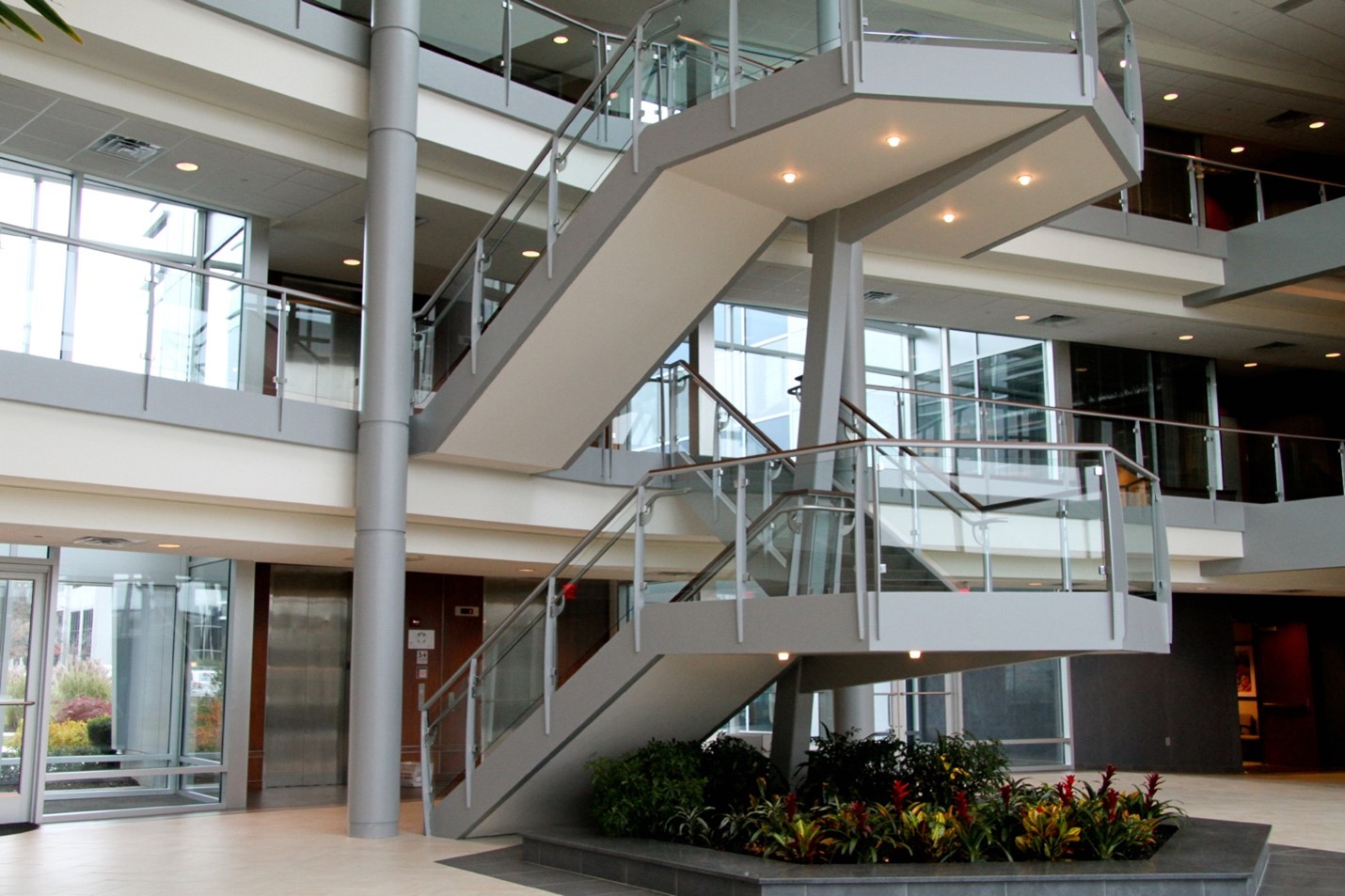Elevator Types: Which is Right for You?

With all of the different types of elevators available in the market it can be difficult to know which is right for you. There are several reasons why there are so many offerings in the market. Some are better for smaller low-rise buildings while others are better for high-rise transportation. There are two major types of systems that are most commonly used in commercial buildings today.
Traction Elevators
The major difference between traction and hydraulic elevators is the way in which the driving machine moves the elevator car. Traction elevators are comprised of a system in which the elevator car is raised and lowered by suspension members on a pulley system. Compared to hydraulic elevators, traction elevators have the following characteristics:
- Greater efficiency
- Superior speed and performance
- No risk of oil contamination
Traction elevators use a counterweight that is equal to 40-50% of a fully loaded elevator car and come in two main designs.
Low Rise Geared Traction Elevator
This application utilizes a geared machine, ropes, and a counterweight. The main guide rails are mounted on the side of the elevator car and two additional guide rails are mounted on one side or the rear for the counterweight. The geared machine is generally located above the hoistway. In a non-typical application, the geared machine can be located at a lower landing next to the hoistway.
Gearless Traction Elevator
This application utilizes a gearless machine, ropes, and a counterweight. The main guide rails are mounted on the side of the elevator car and two additional guide rails are mounted on one side or the rear for the counterweight. The gearless machine is generally located above the hoistway.
Hydraulic Elevators
Unlike traction elevators, hydraulic elevators lift the elevator car by using a fluid-driven piston that is mounted inside of a cylinder. Traditionally, the fluid is hydraulic oil, but other substitutes are available to limit the potential of environmental impacts. Compared to traction elevators, hydraulic elevators have the following characteristics:
- More affordable
- Easiest elevator type to install
- Less expensive maintenance costs
As hydraulic elevators are more affordable when compared to traction elevators, they are most often found in low-rise applications of buildings that are 6 stories or less. There are many different configurations for hydraulic applications and a full list with pros and cons of various elevator types.
Pros & Cons
When comparing traction vs. hydraulic systems the main points of consideration are as follows.
Traction
Pros:
- No risk of oil contamination
- Superior performance
- Nearly unlimited floor travel
- Greater efficiency
- Greater speeds
Cons:
- More expensive to install and maintain
- Greater structural considerations because the elevator is supported at the top of the hoistway
Hydraulic
Pros:
- Easiest to install
- Least expensive to install and maintain
- No extensive pit or overhead clearance is required
Cons:
- Limited floor heights
- Limited to 150 FPM speeds
- If the hydraulic jack goes into the ground, the same distance as the travel will be required to be drilled into the ground which can add to the cost and is not always possible in some conditions.
If you are looking to install a new elevator or modernize an existing one, give our team a call today. 800-220-4046. info@kencorelevator.com
